
Some JNCs came with absolute knock-out wheels — the AE86 snowflake, the 240Z iron cross, while other JNCs came with steelies that would never steal anyone’s heart. How could they when you have classic rims such as Star Sharks and Work Equips? Now, there’s a great divide. Keep everything stock and authentic; or upgrade to something vintage, or new-old vintage.
Do you prefer stock or aftermarket wheels?
The most entertaining comment by next Monday will receive a prize. Scroll down to see the winner of last week’s QotW, “What do you want to know about living in Japan?“
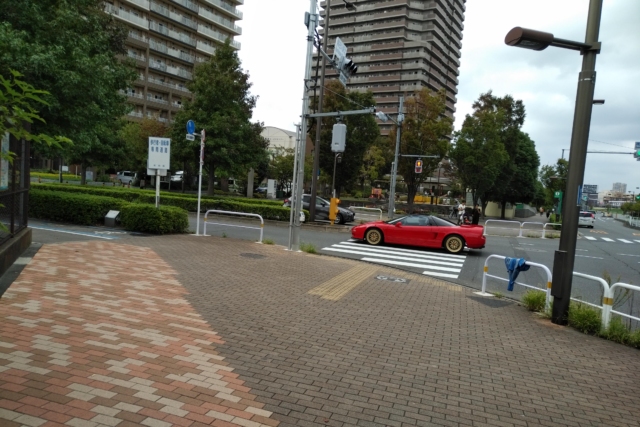
I want to personally thank everyone that participated in last week’s AMA QotW. It was interesting to read and respond to a variety of questions that frankly, I haven’t given much thought about from living in Japan for a decade. Some questions required a little research to confirm I had the right info, others took restraint to not go on for days on a given subject. Either way, it was enjoyable and hopefully helpful for anyone looking to take a Japan adventure.
As for last week’s winner, I decided to choose based solely on picky the entry out of a hat, and the winner is Hakofan. Seriously, come to Japan and have a blast with the culture and cars, you won’t be disappointed!
There is a stigma here that Japanese auto shops tend to cut corners when restoring cars, such as using a lot of bondo and the like. Is this true, or just a case of the bad apples representing the entire basket?
Omedetou! Your comment has earned you a set of decals from the JNC Shop.
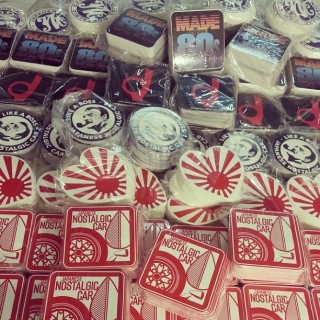


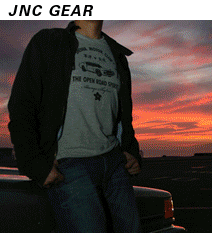
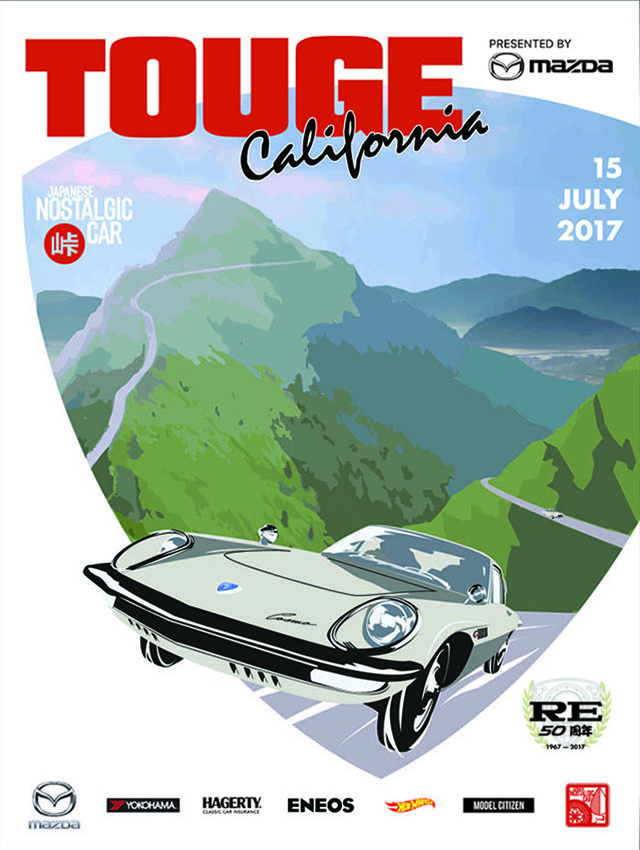
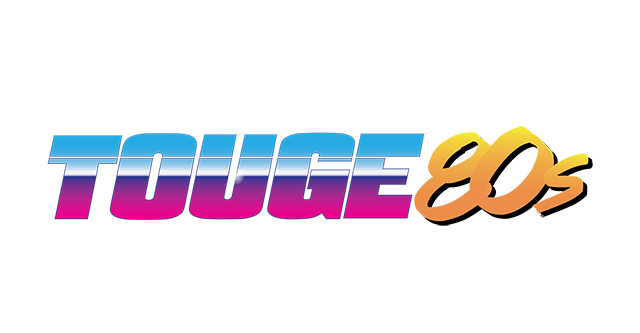

As wheels are a completely bolt on addition to any car, I see nothing wrong with this personalizing touch to even a classic sports car particularly if the wheels are a period after market accessory… wheels are easily changed.
In my humble opinion the wheels are most important part of car’s image. The same car can look totaly different with various wheels. Some can make it look like cruisen’ sled, some give the racing-jacket-feel, while other can build a rally attitude. I’m not a preserver or collector thus i’m not a complete stock fan. As an enthusiast i preffer to give the car some distincivity, something that will make it stand out. And the rims are first & most obvious step. So… Aftermarket all the way! Of course with taste and period correctivity 😉
Wheels are the shoes of the car. That’s like asking “Do you want plain white sneakers from Old Navy or a nice pair of Nike?” While I love a lot of factory wheels, there is nothing that says who you are like a set of aftermarkets. Disclosure: While my RX-8 R3 is still wearing the original 19” wheels (which I love) I detest plain white sneakers and wear Samba Classics as my driving shoe.
I prefer aftermarket wheels.
Why?
The Japanese Classic Car Show would be totally boring without them!
Watanabes…(maybe SSR Mk III).
I agree with Nigel.
Watanabes are the only wheels we’ll ever need for our JNCs.
There’s a reason why they’ve only had one design since the 70s
I thought Watanabe had several designs in addition to the iconic 8-spoke. They made 4 and 5-spoke designs in the 70’s as well.
Don’t forget the recent Toyota Works replica!
As much as I like the factory turbo wheels on my S130, I have to say, aftermarket wheels are the way to go. Wheels can really change the character and appearance of a car. As an example, take the Cressida. Give it the factory alloys or steelies, and it’s just another grocery getter in the crowd, just another toyota what plays nice and follows all the rules. Bolt on a set of Watanabe’s, Longchamps, or SSR’s, and even without fooling with the suspension, it’s suddenly turned into the Bosozuko ride, trouble looking for a place to happen. And the same could be said for just about any JNC. A set of deep-dish wheels add the sort of aggressive stance that can make even the most mundane of grocery getters pop in a line of traffic.
I’m a boring keep-it-stock guy. I know, there aren’t many of us old codgers left..
I’m a professional wheel designer that works for a large aftermarket company.
I do have multiple sets of wheels for most of my JNCs (including vintage Advans and other wheels I didn’t design myself, you gotta respect the classics.)
That being said, I did piece together of a complete set of stock 4-slot wheels with caps for my AE86 over the course of several years, and also took six years to find and purchase a ’91-’92 Toyota Supra because those were the only years it came stock with 5-spokes.
It’s not where the wheel comes from, it’s what it looks like, and how it makes you feel.
When I’m designing a wheel, I ask myself if someone would ever get really excited if they ever found this wheel in a junkyard or UpGarage? It’s a weird litmus test, but I remember the excitement of finding cast off Work E-wings, Pirelli P-slots, and Mugen CF’s, and hope that someone will feel the same way they come across a vintage rotiform GTB or CHD-T somewhere in the future. Fun fact, the CHD-T was designed as the ultimate example of something I would get excited about finding while walking through an UpGarage.
I’ve had people come up to my S30 and say “I thought I knew my vintage JDM wheels, but I have NEVER seen these before.” To me, this was one of my best compliments I’ve ever received.
American Racing Libres make US versions of vintage Japanese cars of a certain age truly “American”. It’s what we actually ran in the ‘70s and early ‘80s. The other wheels on a left-hander are nice, but Libres are the real deal. That was also the days when wheels and tires went “wider” but not “taller”. 17s on an RX3 or 510 make me cringe. In fact, the 510s back in the day often dropped from 14s to 13s with their Libres. They may look like skateboard wheels and tires today, but that’s the way it was.
BRE ran them on their Trans-Am 510s, you won’t get a better testimonial than that.
Wheel choices for four bolt imports in the 70s were VERY limited. The Libre was popular, Cragar had a four spoke S/S, and of course, the classic slotted wheel. Hot Rod magazine worked up a 1972 Corolla with Appliance Wire Mag wheels. And last but not least, the Hallibrand wheel.
Absolutely, POSITIVELY hate the fake 3-piece look with the bolts holding nothing together.
Simply drilling a hundred holes and making it look like a higher performance wheel sorta galls me, since I have genuine 3-piece Enkei wheels I bought back the 80s.
So since virtually every wheel that has bolts is fake, who are you fooling? Might as well throw a spinner on there to make it look like center nut.
I do consulting work in the field of historic preservation of buildings. In judging the qualification of a building for a historic designation, the architectural integrity of the building is a major factor in determining its eligibility. The more alterations a building has, the less likely it is to be eligible for historic designation. When it comes to cars, I believe the wheels are an important part of the historic integrity of the vehicle. As with buildings, the question is, how was it equipped when it was built? If an owner truly wants to preserve a vehicle as a piece of rolling history, the wheels should be the same as those with which it was equipped when it left the factory. Same thing goes for altering a car’s stance. If the objective is to preserve it as a historical vehicle, its stance should be the same as it was when it left the factory. That said, if someone wants to change the stance and/or wheels of a vintage car, more power to him/her. Just don’t expect it to be revered as an example of a factory’s products. I would also suggest if an owner wants to change the wheels, that the original factory wheels be kept in storage so the car can be returned to its factory form if desired.
I keep them stock because any worthwhile aftermarkets would cost more than my JNC.
Personally I do like some cars with their original set of wheels: the 14 inch Celica Supra P-type wheels, and the very same one in 15 inch on a Carina GT-R or Soarer 2800GT. Also the Skyline R30 had some pretty gunmetal grey telephone disc rims. But as you mention the AE86 snow flakes, now imprint those into your eyeballs and then look at an AE86 with pizza cutters… Still want to keep it stock? 😛
At the same time I love some the designs of the aftermarket wheels on a JNC from the same era: Hayash Streets on a Skyline C10 or C110, SSR Mk II/III on any 80s kaido racer, Techno Phantoms on a Butaketsu Laurel and even the Advan A3A start to look good again on any 80s car!
What I personally don’t like are mis-matched wheels: 90s design wheels on 70s car, sex-spec wheels on 80s cars. Or 16 or 17 inch rims on an AE86, 13 inch rims on a Skyline R30 would look equally bad… But hey, that’s just my personal taste! 😉
I recently acquired a set of 14 inch Almex Y3B rims and I don’t regret mounting them on my 1983 Trueno. Period correct wheels will most certainly never look bad…
I prefer stock (looking or altered) wheels with wider rims when available. For vintage cars, I prefer to have a healthy amount of sidewall so 60 to 50 series tires and wheels to accomodate them.
I really like and appreciate a highly original car, and oem wheels are -almost- essential for that.
But 95% of the best wheel designs ever are old Japanese aftermarket wheels. I have a bunch of em, but my collection is tiny compared to some of the people out there. Old school JDM wheels are one of the top bonuses JNCers get. Other classes get way more repro parts, way better club and community support, way more shows, way more magazines. Those of us who picked Japanese, we get way more sweet vintage wheels.
Aftermarket if the car is a custom built from a shell rescued from a field. Stock rims are for bone-stock cars kept in museum-grade shape under cover for years. Of course, it depends on the car, some cars the stock rims look cheesy or too much like the rims from a different car.